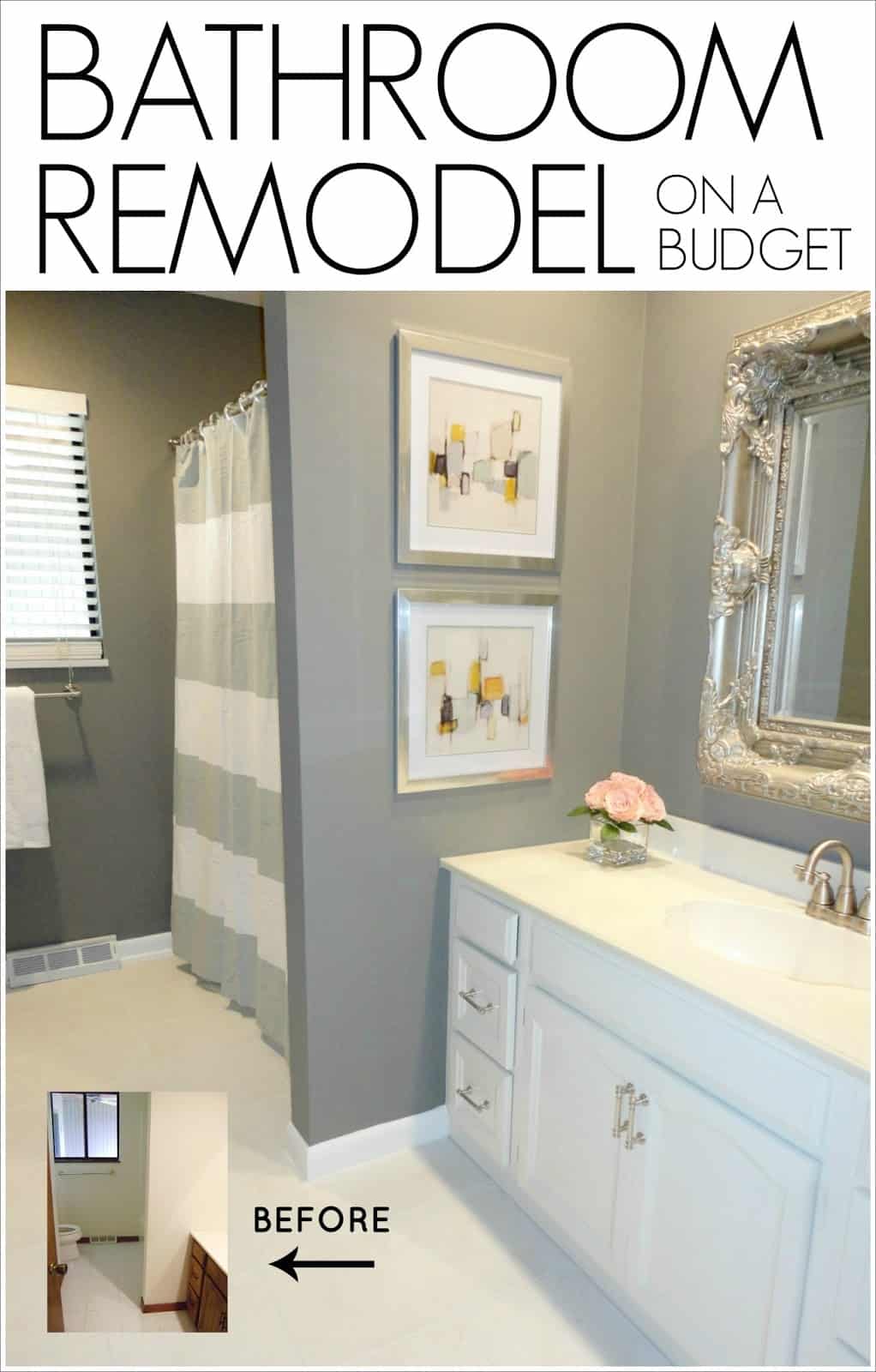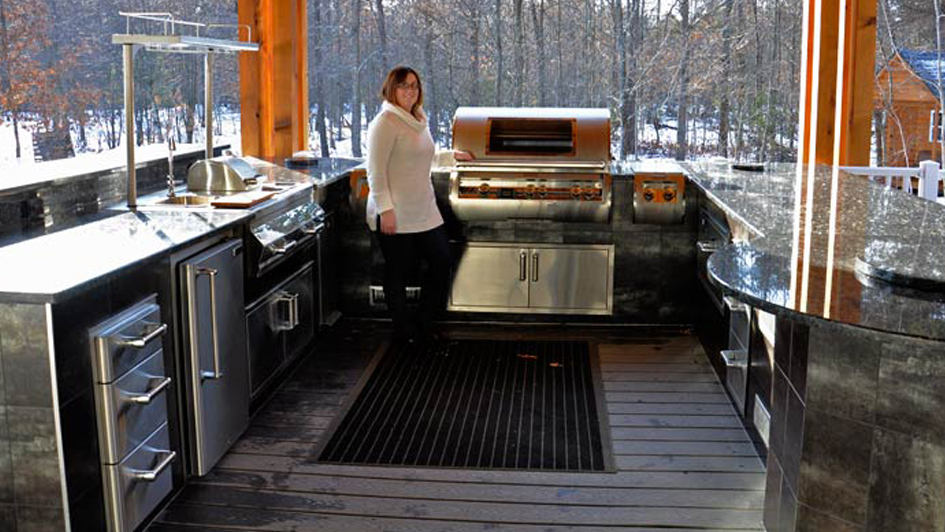What Is A Curtain Wall? Kinds Of Drape Walls Upgraded 2025
Drape walls are an external layer of a structure that is used to enclose the building. A curtain wall surface can be composed of glass, steel paneling, or an additional material that allows light to go through it. However, solely relying upon daytime to UV light carpet stain detectors sufficiently light up certain jobs requires careful consideration of numerous elements. Window size, placement, and computed daylight aspects all enter into play in making certain appropriate and proper natural light distribution for dedicated workspace. Curtain wall strength depends upon the strength of its vertical mullions and their safe anchorage to the structure framework. Polishing beads and compressible materials additionally improve resilience versus wind damage by allowing panels to move independently within the system, minimizing stress on the total framework.
- This system can offer optimal energy effectiveness and visual allure, but may need much more specific installment and be a lot more pricey.Just then does the drape wall surface head to the work site (very carefully, because of its size), where a different area group deals with installment.Unitized drape walls typically contain 2 or more panels that are stacked and interconnected to form a structural whole.Point-supported systems supply special aesthetics and massive transparency however need meticulous engineering and installment.
Curtain Wall Surface Maintenance And Next Actions
Whether you select a unitized system for its effectiveness or select a stick system for its versatility, careful consideration of your task's needs will guarantee an effective implementation. Stick systems, on the other hand, involve the setup of smaller devices of the drape wall surface on-site. This method is extra frequently utilized for smaller jobs or circumstances where customization is called for. Unlike unitized systems, stick systems provide higher flexibility in design and can be a lot more easily adapted to accommodate details project requirements. Taking a look at all the various methods drape wall surfaces can be made use of opens up chances for making distinct buildings that harmonize their environments.


The pressure-equalized system obstructs all pressures while maintaining the building's interior air-tight. This is the best system, which offers a dependable resistance to air and water. Structural glazed drape wall surfaces are a type of drape wall surface that give structure and toughness to the curtain wall surface system. Stick drape wall surfaces are popular because they do not use up much space and are less expensive. They likewise offer better insulation and audio control than routine wall surfaces, that makes them prominent with living areas in metropolitan areas that might be bordered by various other structures with great deals of sound and activity.
Lasting curtain wall surfaces not just add to energy conservation but likewise boost the looks, comfort, and overall efficiency of the structure. To make sure the most effective outcomes, collaboration between architects, engineers, and makers is essential to design and implement curtain wall systems that meet lasting goals. With an all-round understanding of curtain wall building, you will be furnished to make enlightened choices and make the most of the advantages it provides in your very own building tasks. Yes, drape wall surface systems can be created to be power efficient, with features such as thermal breaks, low-emissivity layers, and high-performance glass. Energy efficient drape wall surface systems can help reduce heating and cooling costs, and enhance interior convenience.A curtain wall surface system is an outside treatment of a building in which the exterior wall surfaces are non-structural, used just to maintain the weather and maintain residents in. Since the curtain wall is non-structural, it can be constructed from light-weight materials, which will certainly decrease the price of building and construction. While occasionally utilized as a low-cost alternative to drape wall surface systems for low-rise buildings, efficiency needs for stores are less strict. Regular performance for store fronts is less than 0.3 L/s. m2 (0.06 cfm/ft2) at 300 Pa( 6.24 psf) for air infiltration and 480-- 575 (10-- 12 psf) for fixed water resistance examination pressure. The setting up and glazing of drape wall panels in a factory-controlled atmosphere can create exceptional high quality and performance attributes for the curtain wall surface system. Normal air infiltration efficiency for a unitized wall is much less than 0.3 L/s. m2 (0.06 cfm/ft2) at 300 Pa (6.24 psf).
A unitized curtain wall surface is a building system that integrates the benefits of a curtain wall with the simplicity of a modular structure system. Drape walls are a kind of building construction that is utilized to divide the interior room from the exterior room. A drape wall is an upright exterior for a number of the most up to date and best industrial building projects.
Resolving Architectural Integrity, Seismic Strength, And Thermal Efficiency
When it comes to a sticky curtain walls, all kinds of dividers are not informed for solitary device. Right here we will discover curtain wall, types of drape wall systems & how to mount curtain wall. The existing 7-22 requirement calls for making use of electronic information uniquely recognized in hazard-specific geodatabases for all environmental dangers. The digital data is readily available via open accessibility from the online ASCE 7 Hazard Device and incorporates information from ASCE/SEI 41-23, Seismic Evaluation and Retrofit of Existing Buildings. In addition to these two, there are various other choices, such as rock drape wall surfaces, ceramic curtain wall surfaces, and wood curtain walls. You can additionally choose get more info in between a variety of face covers to have maximum control over the aesthetics of the building.
Overall, hardwood curtain wall systems offer a variety of advantages for building style, giving sustainability, a special visual, and exceptional thermal efficiency. Along with their performance and design benefits, unitized drape wall surface systems also provide improved power effectiveness and thermal efficiency. The pre-fabricated modules can be designed to consist of high-performance insulation and air barriers, aiding to reduce heating and cooling expenses and enhance indoor comfort. Drape wall surfaces are a vital attribute of modern structure style, using countless benefits that expand past looks. From power effectiveness to architectural stability, drape walls have proven their value in both business and residential structures. Light weight aluminum drape wall surfaces and drape wall home windows provide a sturdy, lightweight, and aesthetically appealing remedy that can change a building's exterior and enhance general performance. Stick-built wall surface systems are delivered in framing pieces for field fabrication and/or field assembly. The maker can provide the mounting for these curtain wall systems as supply sizes to be reduced, machined, assembled, and secured in the area. Alternatively, they can be shipped as knocked-down parts, pre-machined in the factory, and call for setting up and securing only in the area. Understanding the various kinds of drape wall surface systems is crucial when preparing a building and construction project.